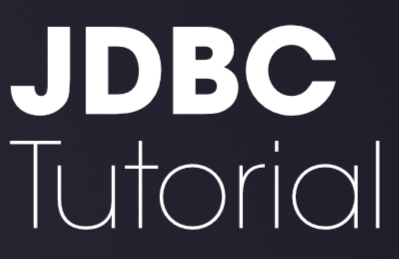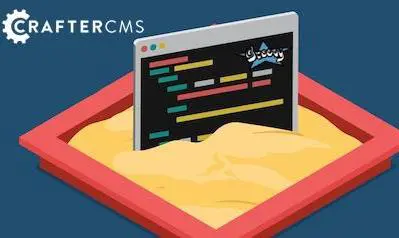Blog
Filtering by category "Server-side"

Building Dynamic Web Experiences with CrafterCMS and Next.js
Frameworks like Next.js enable developers to build dynamic and engaging web experiences to engage an audience. However, when using these robust JavaScript frameworks and libraries, it helps to have a strong headless content platform at the foundation. In this blog, we explain how to build those experiences with CrafterCMS and Next.js.

Basic JDBC Integration
In this blog we'll cover basic JDBC-based Integration between CrafterCMS and an external databases such as SQLServer, Oracle, MySQL, MariaDB, and PostgreSQL.

Working with the CrafterCMS Groovy Sandbox
CrafterCMS supports a powerful Groovy-based scripting layer for server side programming. CrafterCMS's configurable sandbox policies determine what the scripting layer can and cannot do. Some syntax is more likely to trigger sandbox flags than others. Follow this guide to learn a few tips and tricks for working within the sandbox without needing to modify policies.

Using NextJS with CrafterCMS 3.1
Next.js is a React JavaScript framework that enables you to develop fast, user-friendly applications by combining server-side rendering with statically created pages. Some reasons for using Next.js include speed, performance, and scalability. Th

ApacheCon 2021: Extending Headless CMS APIs with Groovy
Typical headless content management system (CMS) platforms provide a fixed set of content APIs for building software applications across a variety of digital channels, ranging from websites to mobile apps to IoT devices and everything in between. The

Tailwind CSS Review: First Impressions of Tailwind and Next.js
As customers increasingly demand more visually appealing designs, enterprises rely on new technologies, libraries, and frameworks to meet these demands. With that, they can develop better branding, have higher customer engagement, and develop feature

Single Page Application (SPA) Development with Nuxt.js: A Quick Review
Single Page Applications (SPAs) have proven to be game-changers in the domain of frontend web development. Ever since the advent of SPAs, the web ecosystem has experienced a significant positive drift in terms of speed, performance, code quality, rel

5 Areas of Focus for CrafterCMS in 2019
It’s almost 2019 and we couldn’t be more excited with what’s in store for CrafterCMS in the coming months. What’s on the roadmap? Here is a quick summary of five main areas of focus that we know will help Crafter to remain the best CMS platform for innovative organizations.

Headless CMS: Enable In-Context Preview and Editing in an External Application
Do you have an existing application that has content in it that you want to manage but you don’t want to completely rebuild in a CMS? This use case is more common than you can imagine. Developers start building an application only much later to find it would benefit from CMS authoring capabilities like in-context editing and preview. What’s the solution? Rebuild the application? No. CrafterCMS is a headless CMS that’s front-end agnostic. It can plug into any application. Let’s look at a very simple example. Just recently I posted a blog that used Node JS an external application that called CrafterCMS headless CMS capabilities for content via APIs.

CMS for NodeJS: Using CrafterCMS Javascript SDK on the Server with Node JS
In this blog, we will focus on the language-specific bindings for Javascript, the CrafterCMS Javascript SDK applied on the server side with Node JS. A deep dive on the Javascript SDK and architecture can be found in this blog post: Introducing CrafterCMS Javascript SDK

Using War Overlays with Crafter Engine
Crafter Engine, the delivery component of CrafterCMS is completely programmable with scripted Groovy. You never have to write a lick of Java if you don’t want to. Even dependencies can be managed with Ivy and Grapes. That said, from time

Content Management Meets DevOps (Part 2 of 2) How a Git-based CMS Supports Continuous Integration and Delivery
As we learned in Part 1 of this series: Content Authoring and Publishing; development and content authoring are both a major part of producing today’s digital experiences. Unfortunately, development support is not something traditional